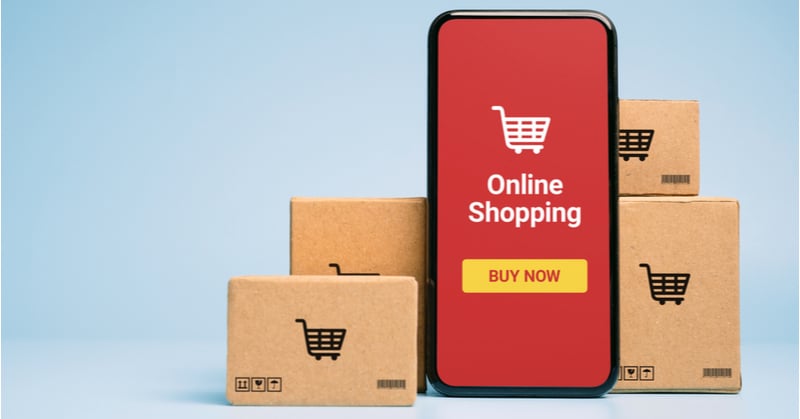Bookkeeping and accounting for e-commerce clients require specialized knowledge. In this article, you will find an overview of e-commerce, including terminology used in e-commerce. Although some of this information may at first glance seem basic, it is critical to understand the specific language of e-commerce.
So, what is e-commerce? It is the ability to purchase a good or service via a website or app using the internet. It is something that is part of everyday life. Call for an Uber, you are engaged in e-commerce. Order that burger via the company’s app, yep – e-commerce. And of course, what we are most familiar with is finding something on a website that we decide we can’t live without and so we order it without thinking of all of the technology behind the scenes.
Let’s go through the mechanics of how this all happens. You type in a website name which is its URL. The acronym URL stands for Universal Resource Locator, and it is how the internet directs traffic to a specific website. When you land on a website, you have a number of static pages or pages with static information. Static pages are the opposite of dynamic pages, which actually interact with the website visitors. Static pages include the business’s story, mission statement or other info that rarely needs to be updated.
To enable the e-commerce process, most times you click on a shop or store link on a static page. Then you get sent or redirected to a site containing the items available for purchase. You select the items you want to purchase and place them into a shopping cart. A shopping cart serves the same function as a physical shopping cart in a brick-and-mortar store. It is simply a holding place until you need to check out.
Speaking about check out and shopping carts, there are several types of platforms to accomplish this function. There are stand-alone shopping carts like Woo Commerce and Big Commerce that just provide the check-out function. These carts do have the ability to register customers and track sales history, etc., but they need a website to plug into.
There are other platforms such as Shopify, Wix and Squarespace. These platforms offer the ability to build the complete site including the e-commerce functions. Shopify in particular also has a robust development community that has created a large marketplace of apps that provide additional functions such as ticketing, events and the like.
Back to our shopping example, once you’ve selected your items, you are now ready to pay for them. In the early days of internet shopping, people were concerned about entering payment information on an unknown website. Enter PayPal.
Originally, PayPal was part of eBay and offered escrow services for e-commerce transactions. When you purchased something, you paid PayPal. Once you confirmed you received the product, they would release the funds to the sellers. It worked well and help to accelerate e-commerce in the early days.
Now, most people are comfortable with entering payment information on a website, so let’s talk about the “why” behind payment processing.
The technology behind payment processing is twofold. The webpage should be secure, meaning you should see an https:\\ in front of the website address. This stands for Hypertext Transfer Protocol Secure and means the information is using an encrypted connection. In addition, encrypted websites must use SSL or Secure Sockets Layer certificates to ensure that the website is known and that the payment information will be transmitted securely. In addition to processing credit cards directly through, PayPal is still a valid choice as well as Apple and Google Pay on a lot of websites.
The last step in the e-commerce transaction is to complete payment. Once the payment information is sent to the seller’s website, you receive a confirmation and it is just left to the shop owner to fulfill the order.
While some small e-merchants might fulfill orders out of their garage or a small warehouse; at some point, increased volume might mean that you start using a 3PL or Third-Party Logistics provider. These companies receive orders from the merchant, pull the products from their warehouse and ship it to the customer. They also handle returns, etc.
One of the largest 3PL’s is Amazon. They started as a traditional e-tailer by selling books. After having built out the infrastructure to fulfill their own orders, they decided to offer the same services to customers. Rather than using the e-tailer Website, the e-tailer uploads their products into Amazon’s portal and then Amazon offers their products for sale.
This functionality is commonly called a marketplace. In addition to Amazon, Wal-Mart is a marketplace as are many others.
What are some of the pluses and minuses of using marketplaces for product sales online? Make sure you are subscribed to The Woodard Report for my next article.
.png?width=150&height=63&name=TWRlogo-regmark_blueblack%20(1).png)
.png)










Do you have questions about this article? Email us and let us know > info@woodard.com
Comments: